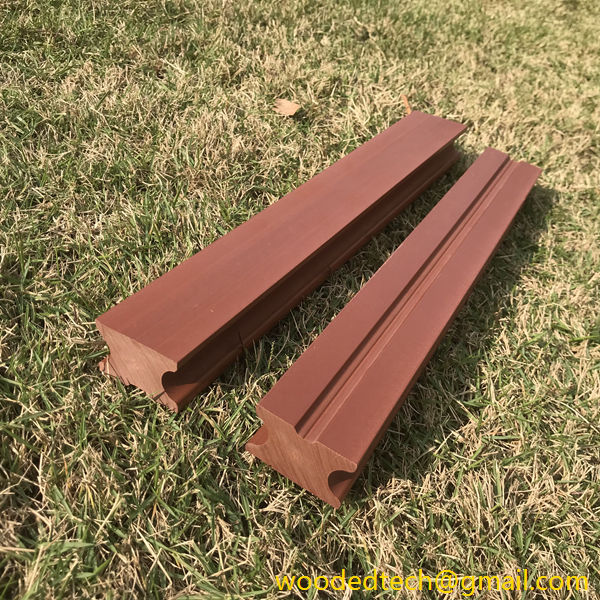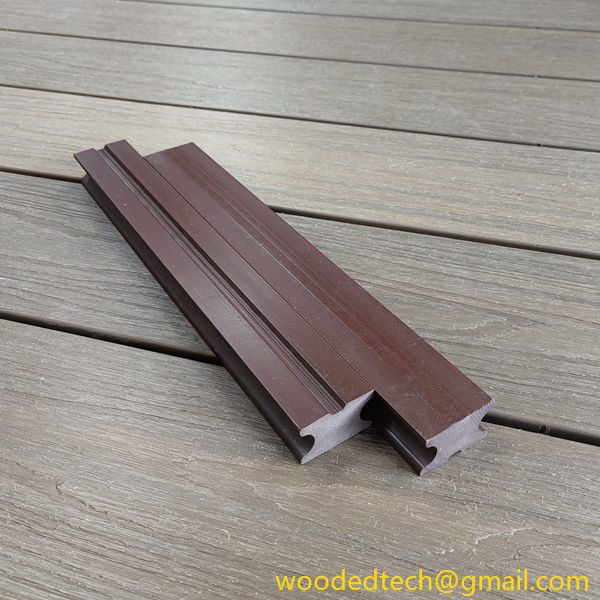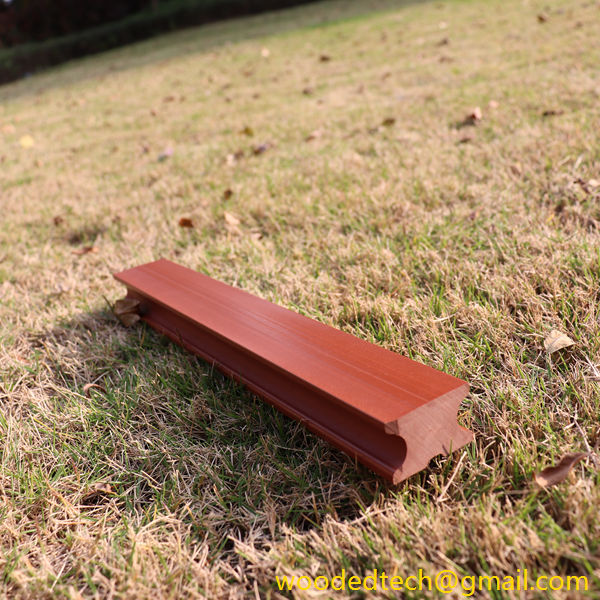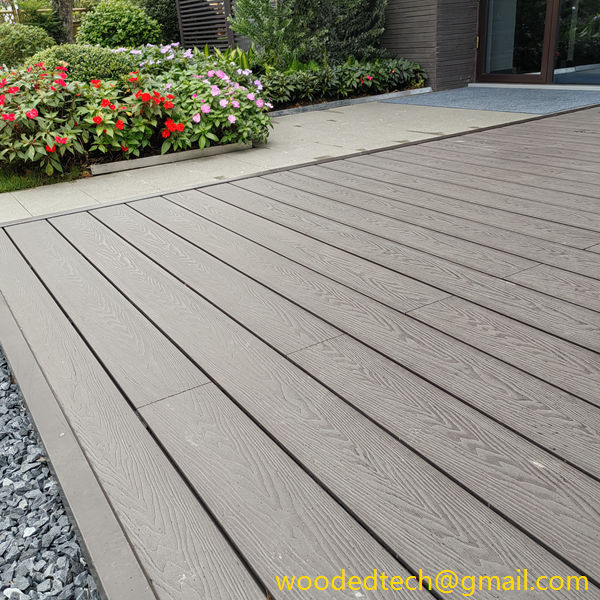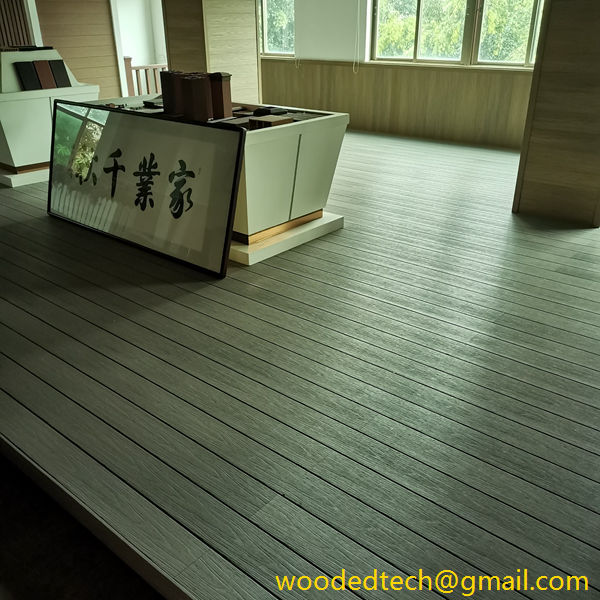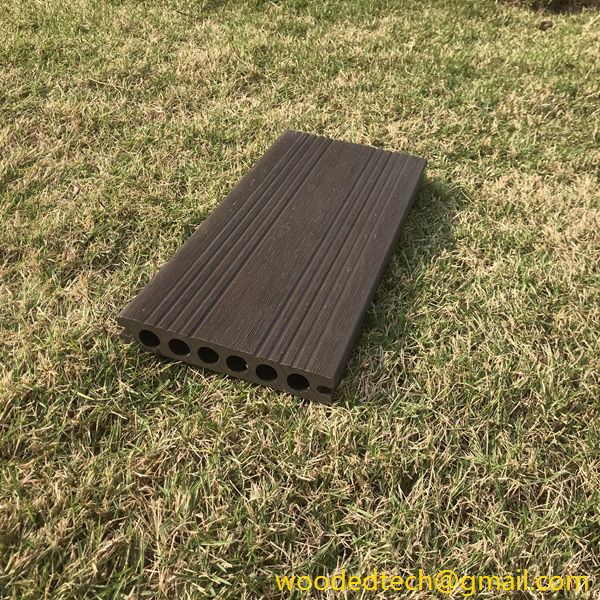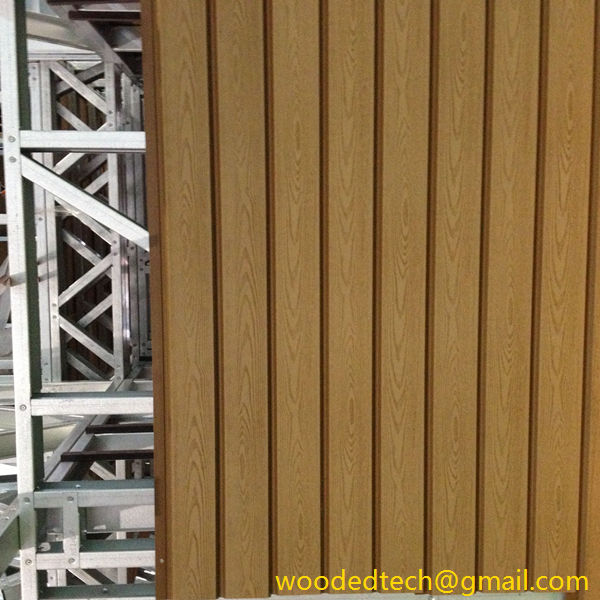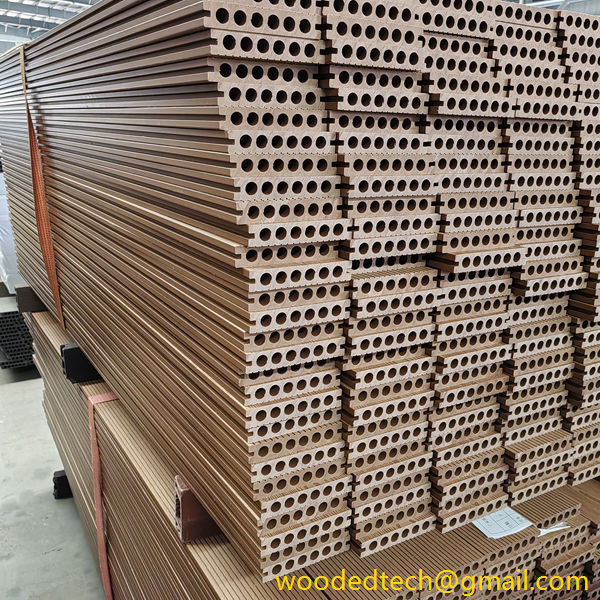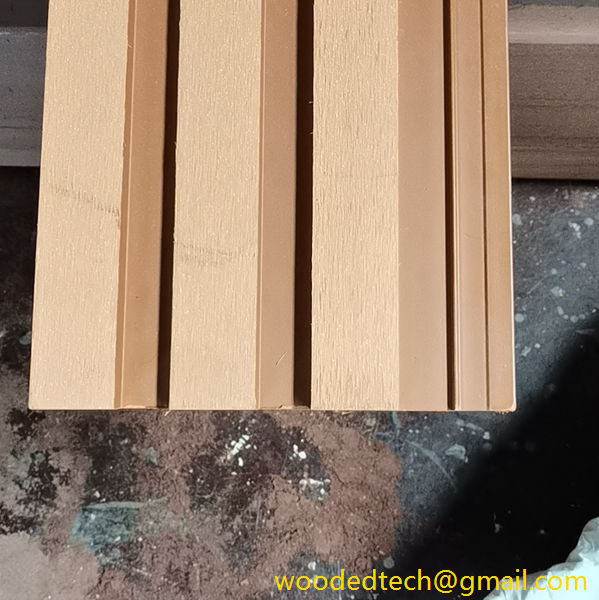Seleção da melhor viga de deck WPC para integridade estrutural e suporte
Selecionar a melhor viga de deck WPC para integridade estrutural e suporte Quando se trata de construir um deck robusto e duradouro, a escolha dos materiais é fundamental. Um dos componentes mais cruciais de qualquer sistema de deck é a viga, que serve como estrutura de suporte primária que sustenta as tábuas do deck. Nos últimos...
Seleção da melhor viga de deck WPC para integridade estrutural e suporte
When it comes to constructing a robust and long-lasting deck, the choice of materials is paramount. One of the most crucial components of any decking system is the joist, which serves as the primary support structure that holds up the decking boards. In recent years, Wood Plastic Composite (WPC) has emerged as a popular alternative to traditional wood materials due to its superior durability and low maintenance requirements. However, not all WPC decking joists are created equal, and selecting the right one is essential for ensuring structural integrity and support. This article will delve into the considerations you need to take into account when choosing the best WPC decking joist for your project.
Understanding WPC Materials
Wood Plastic Composite is a composite material made from a combination of wood fibers and plastic. This blend provides many advantages, including resistance to decay, insects, and warping. WPC materials are designed to withstand various environmental conditions, making them suitable for outdoor applications like decking. When selecting WPC decking joists, it is essential to consider the composition of the material, as different manufacturers may use varying ratios of wood to plastic, which can affect strength, durability, and performance.
Load-Bearing Capacity
One of the most critical factors to consider when selecting WPC decking joists is their load-bearing capacity. The joists will need to support not only the weight of the decking boards but also any additional loads that may be placed on the deck, such as furniture, people, and other items. It is vital to consult the manufacturer’s specifications to ensure that the selected joist can adequately support the expected loads.
Span and Spacing
The span is the distance between two support points, and it plays a vital role in determining the appropriate size and spacing of joists. Generally, the greater the span, the larger the joist needed to support the weight effectively. Most manufacturers provide guidelines for the maximum span and spacing based on the size and type of WPC joists. For optimal structural integrity, it is crucial to follow these guidelines closely.
Moisture Resistance
Moisture is one of the most significant threats to the longevity of any decking system. Traditional wood joists can warp, rot, or develop mold and mildew when exposed to moisture over time. WPC decking joists are engineered to be moisture-resistant, but the level of resistance can vary among products. Look for joists treated with advanced moisture management technologies or those designed specifically for high-humidity environments. This feature will help ensure that your deck remains structurally sound even in adverse conditions.
Thermal Expansion and Contraction
WPC materials can expand and contract with temperature fluctuations, which is an essential consideration in deck design. When selecting WPC decking joists, consider their thermal expansion properties. Some products are designed to minimize expansion and contraction, reducing the risk of warping or buckling over time. Ensuring that your joists can withstand temperature changes will contribute significantly to the overall durability of your deck.
Weight and Handling
WPC decking joists tend to be heavier than traditional wood joists, which can affect installation. While the added weight may contribute to increased stability, it can also make handling and installation more challenging. Consider the weight of the joists when planning your project, and ensure that you have the necessary tools and manpower to manage the installation process efficiently.
Aesthetic Considerations
While structural integrity and support are crucial, aesthetics should not be overlooked. WPC decking joists come in various colors, finishes, and textures that can complement your overall deck design. Some products mimic the look of natural wood, providing an appealing visual aspect while maintaining the benefits of composite materials. When selecting joists, consider how they will look with your chosen decking boards and whether they align with the style you wish to achieve.
Sustainability and Environmental Impact
As awareness of environmental issues grows, many consumers are looking for sustainable building materials. WPC products are often made from recycled materials, making them an eco-friendly choice. When selecting WPC decking joists, inquire about the sourcing of the materials and whether the manufacturer follows sustainable practices. Choosing products with a lower environmental footprint can provide peace of mind and contribute to a more sustainable building project.
Warranty and Support
Finally, it is essential to consider the warranty and customer support offered by the manufacturer. A robust warranty can provide significant reassurance about the quality and durability of the product. In addition, responsive customer support can be invaluable during the installation process or if you encounter any issues down the line. Research the reputation of the manufacturer and read reviews from other customers to ensure that you are selecting a reputable product.
In conclusion, selecting the right WPC decking joist is a critical step in ensuring the structural integrity and longevity of your decking system. By considering factors such as load-bearing capacity, span and spacing, moisture resistance, thermal expansion, weight, aesthetics, sustainability, and warranty, you can make an informed decision that will lead to a successful decking project. Investing time and effort into choosing the best joists will pay off in the long run, providing you with a beautiful, durable, and low-maintenance outdoor space for years to come.

